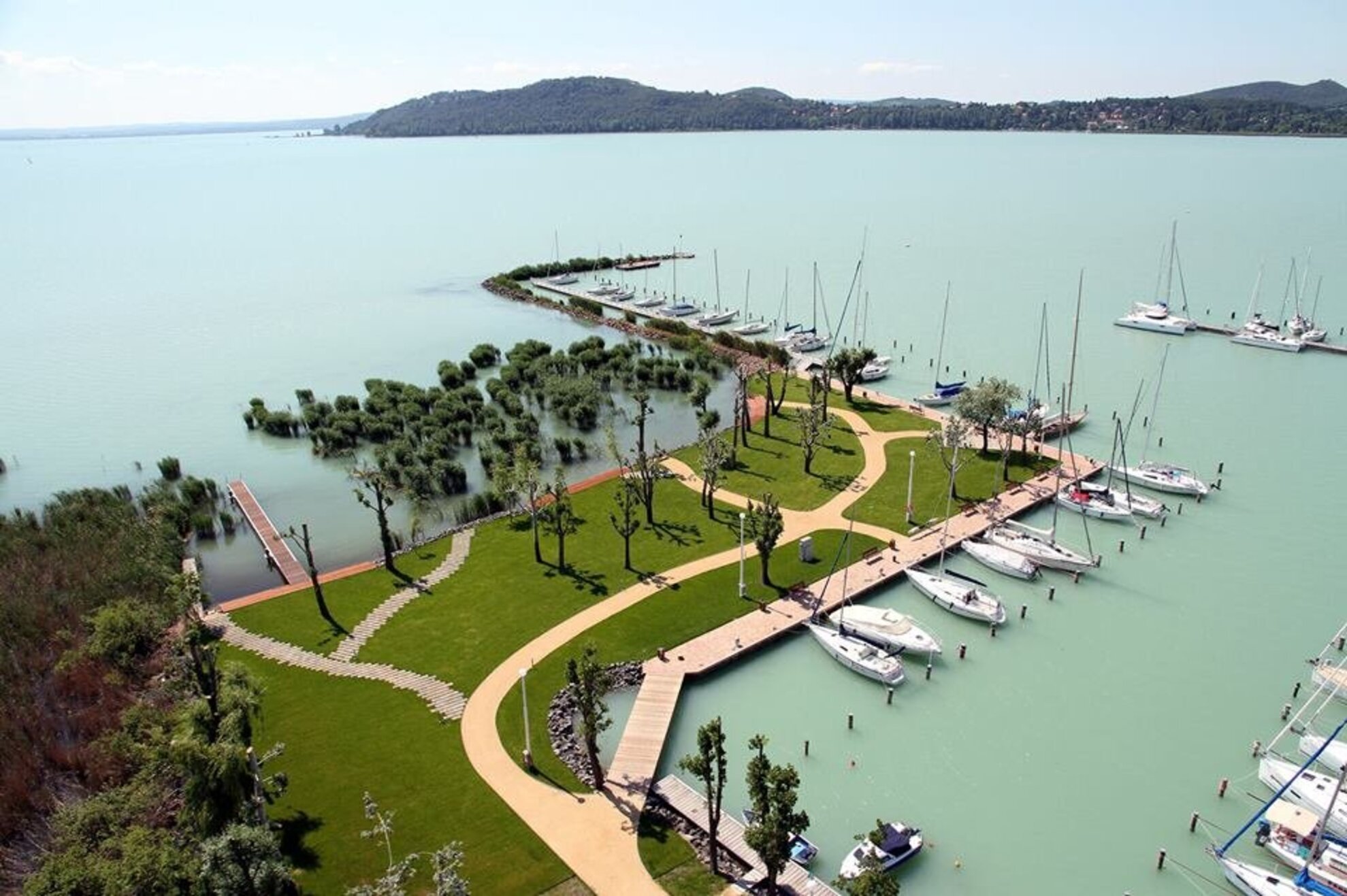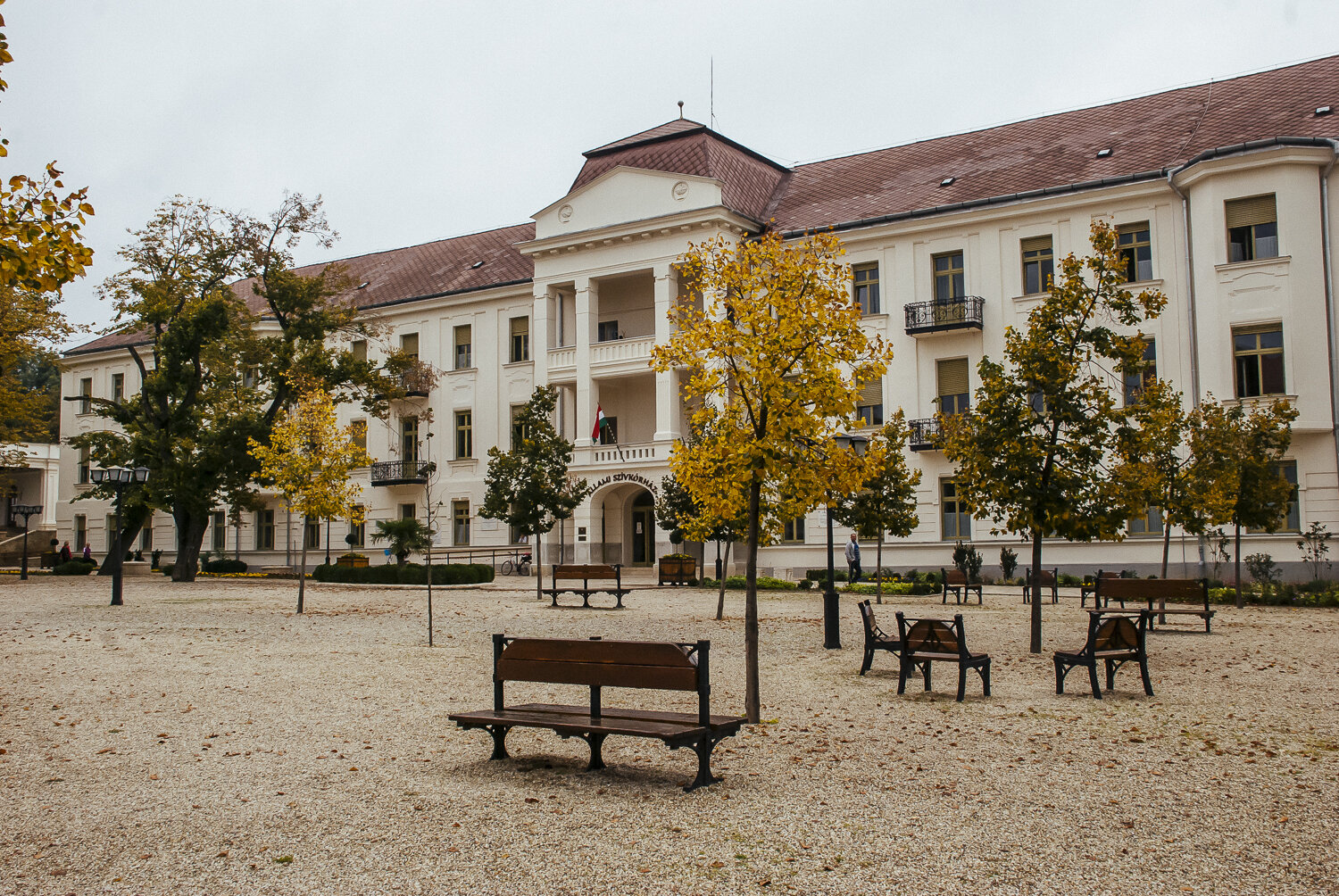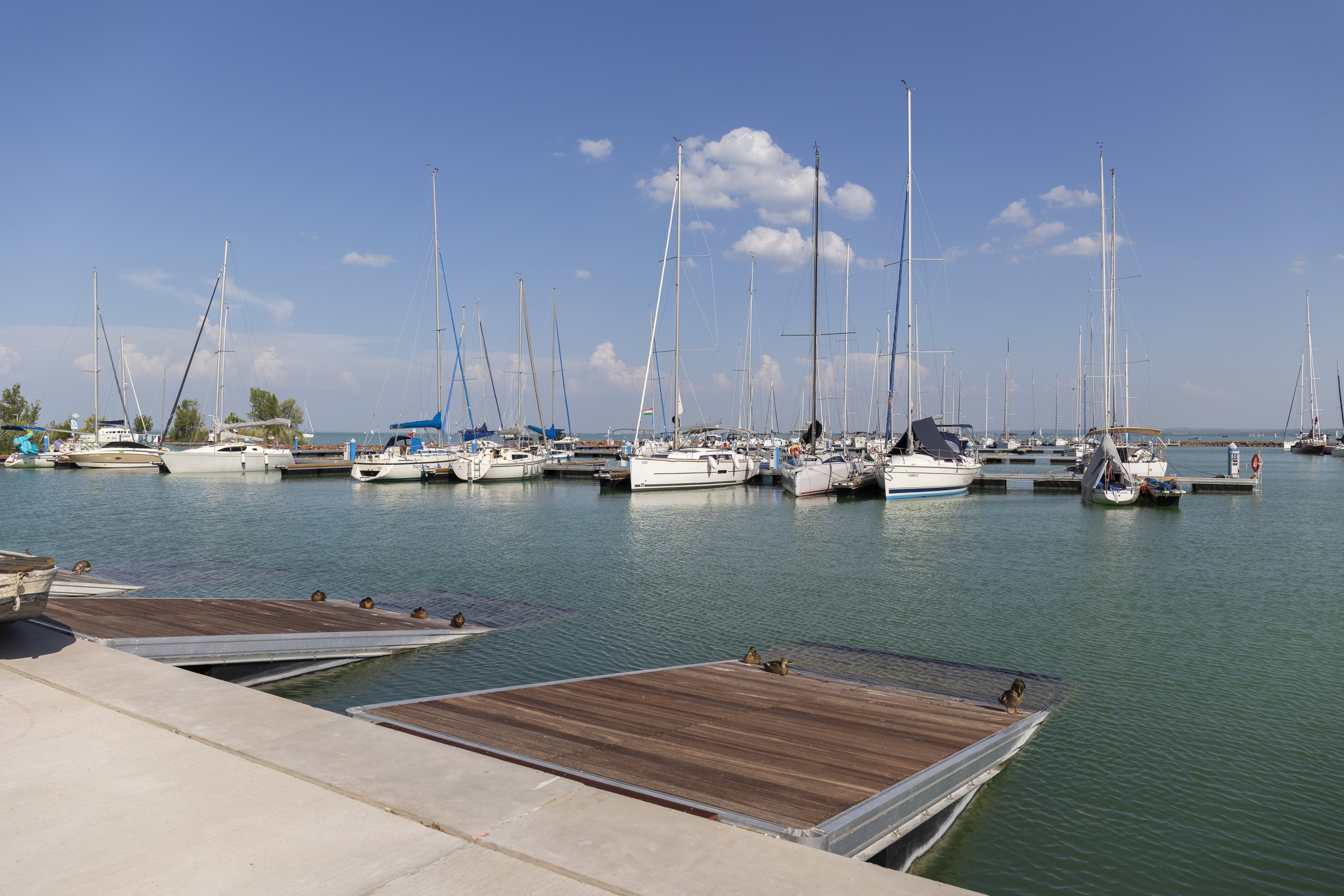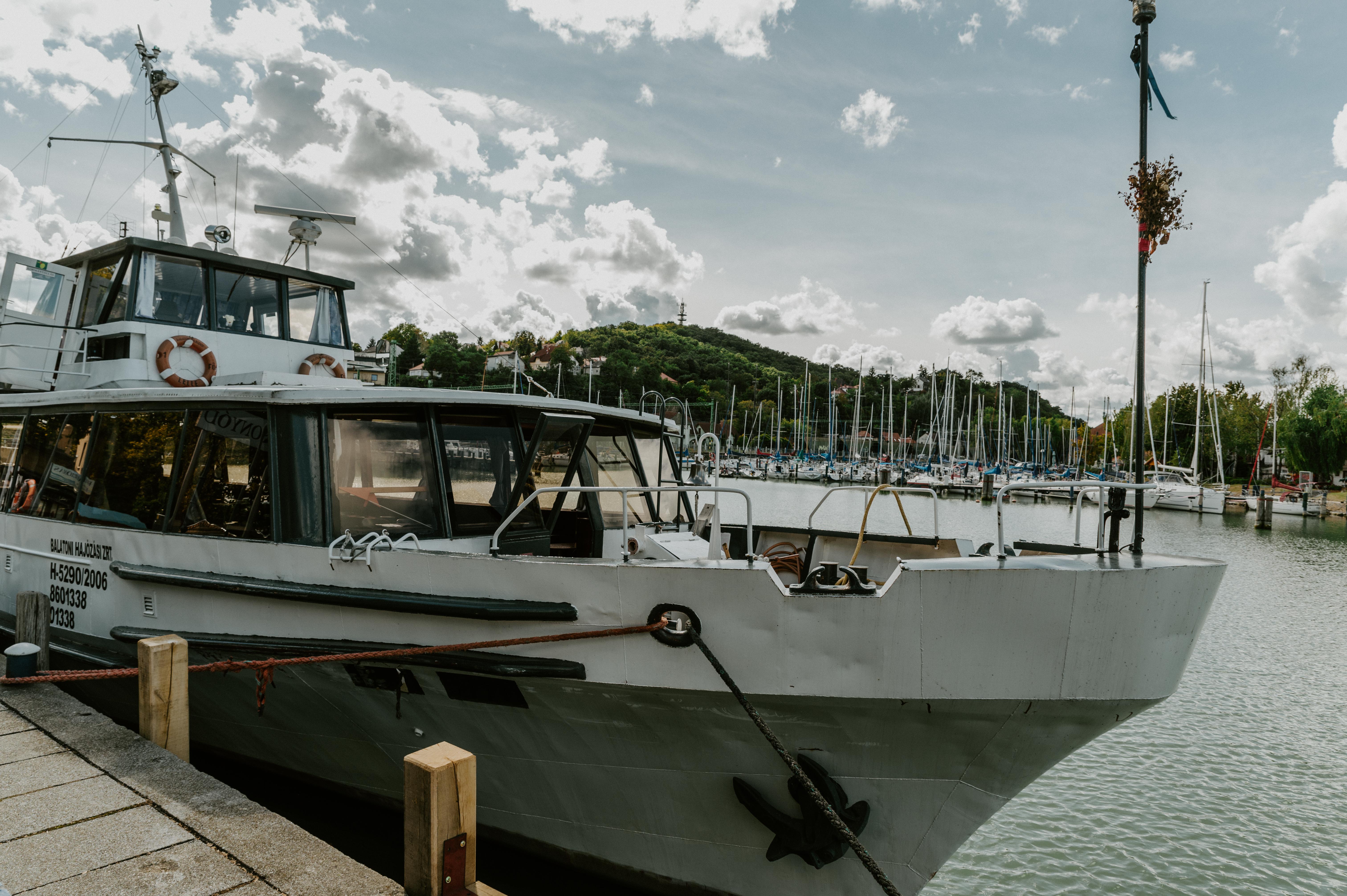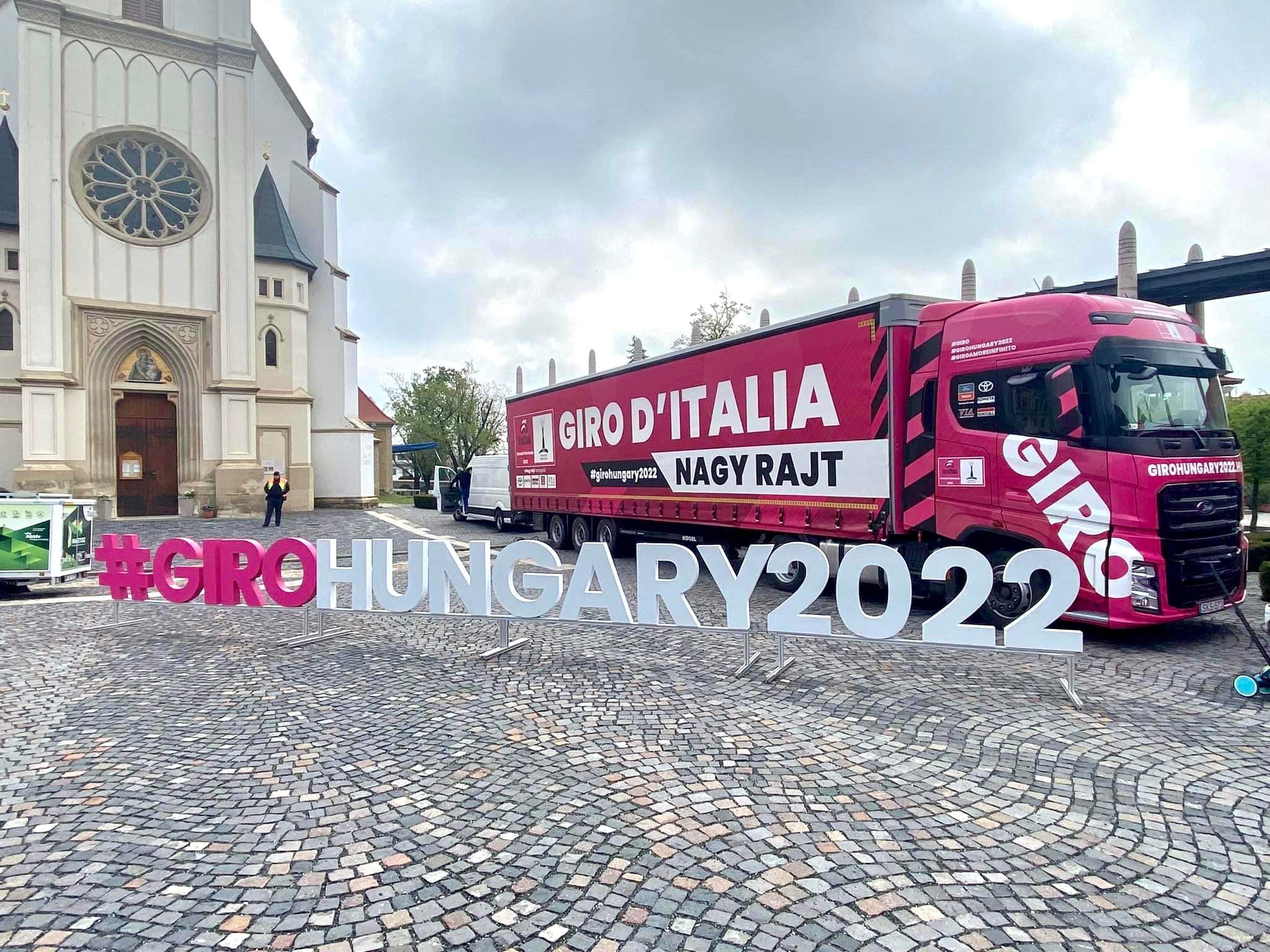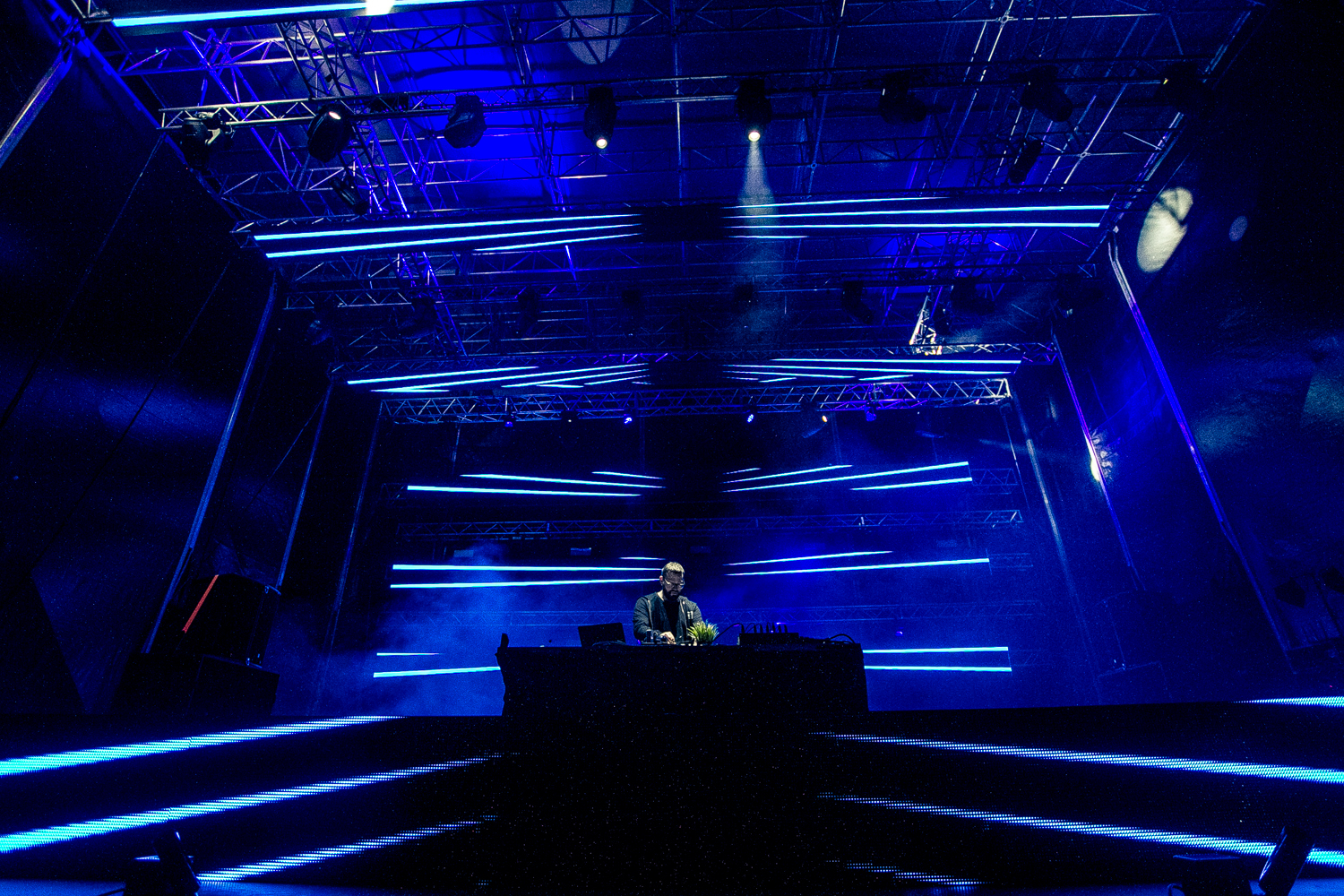The devil in the details
'What 90% of the people sense of the developments is that the atmosphere of Füred has become more pleasant. Which is not bad, since this was the goal of our efforts' - explains landscape architect Krisztina Wallner, who has been involved in shaping the image of Balatonfüred from the start.
During our walk along the Tagore, she stops from time to time to ask the gardeners what they are planting. We also pop into Vitorlás restaurant, where she questions the owners about the usability of the grass bench she designed. 'my work doesn't stop with the handing over. The functions of urban design elements are uncovered during use, so I have to pay continuous attention to what people use the fountain or the lawn for and whether the maintainers did plant area-specific flowers into the flower boxes. It often happens that people are more creative in putting the elements to use than I had previously imagined. This in itself already makes it worth the while to follow-up my work.'
10 years have made the architect smitten with Füred. 'Earlier, I had only visited as a tourist, and I had always been irritated by the row of souvenir shops blocking out the Balaton panorama. I had been thinking about all the tension in the scenery and the backdrop with the Tihany Abbey in the background, while the attention of people had been diverted to cheap Chinese products.'
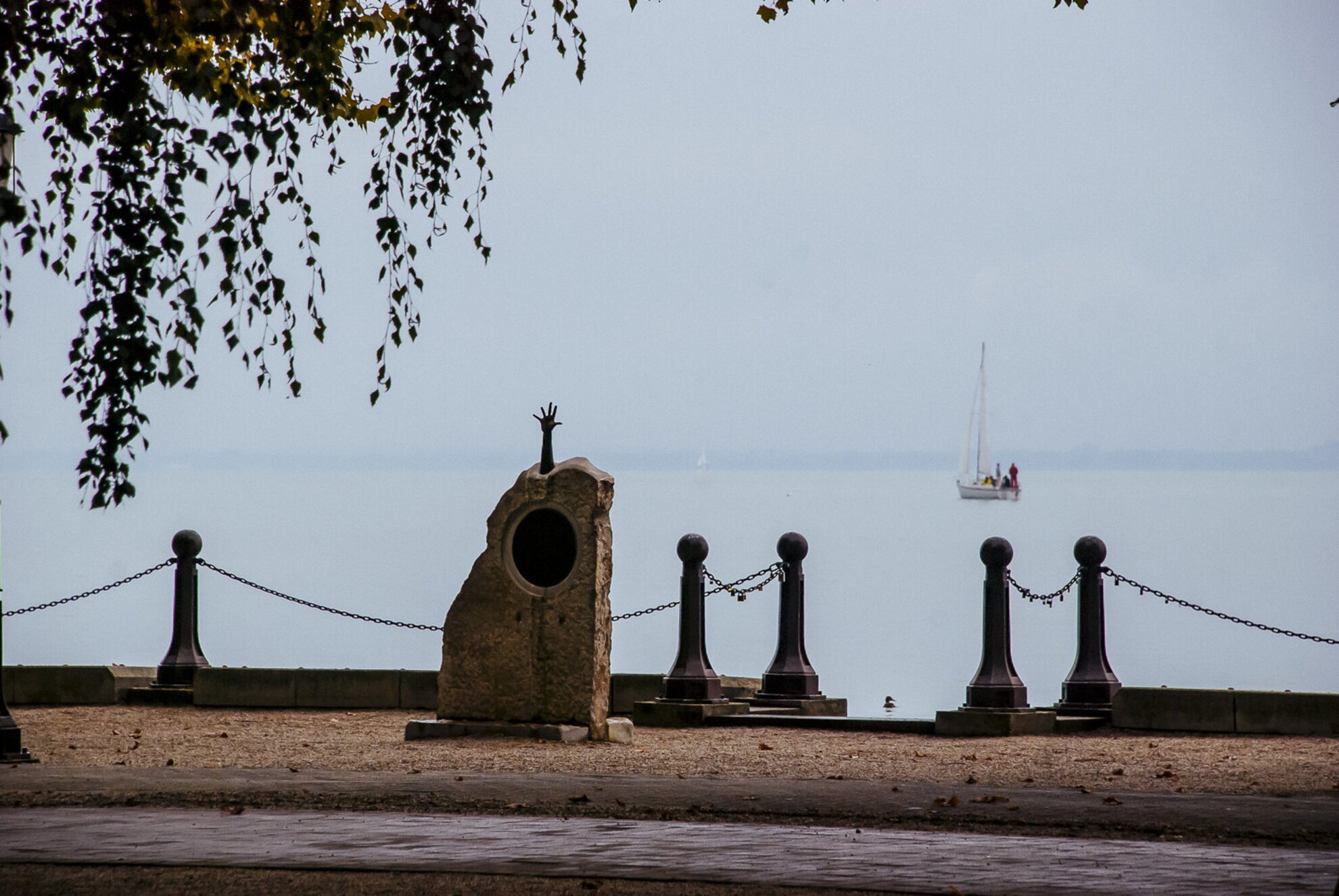
The cleansing of Füred, i.e. the dismantling of out-of-context elements began around 2003-2004. After the relevant ruling by the municipality, the lakeside "bazaar" was removed and the park of the Vaszary Villa was restored. By 2006, the northern part of the Vitorlás tér was also renewed together with the building of the Kisfaludy Gallery, while Gyógy tér, Kisfaludy utca and Blaha Lujza utca just above the Tagore Promenade were also reconstructed in harmony with designs by Herczeg Ágnes.
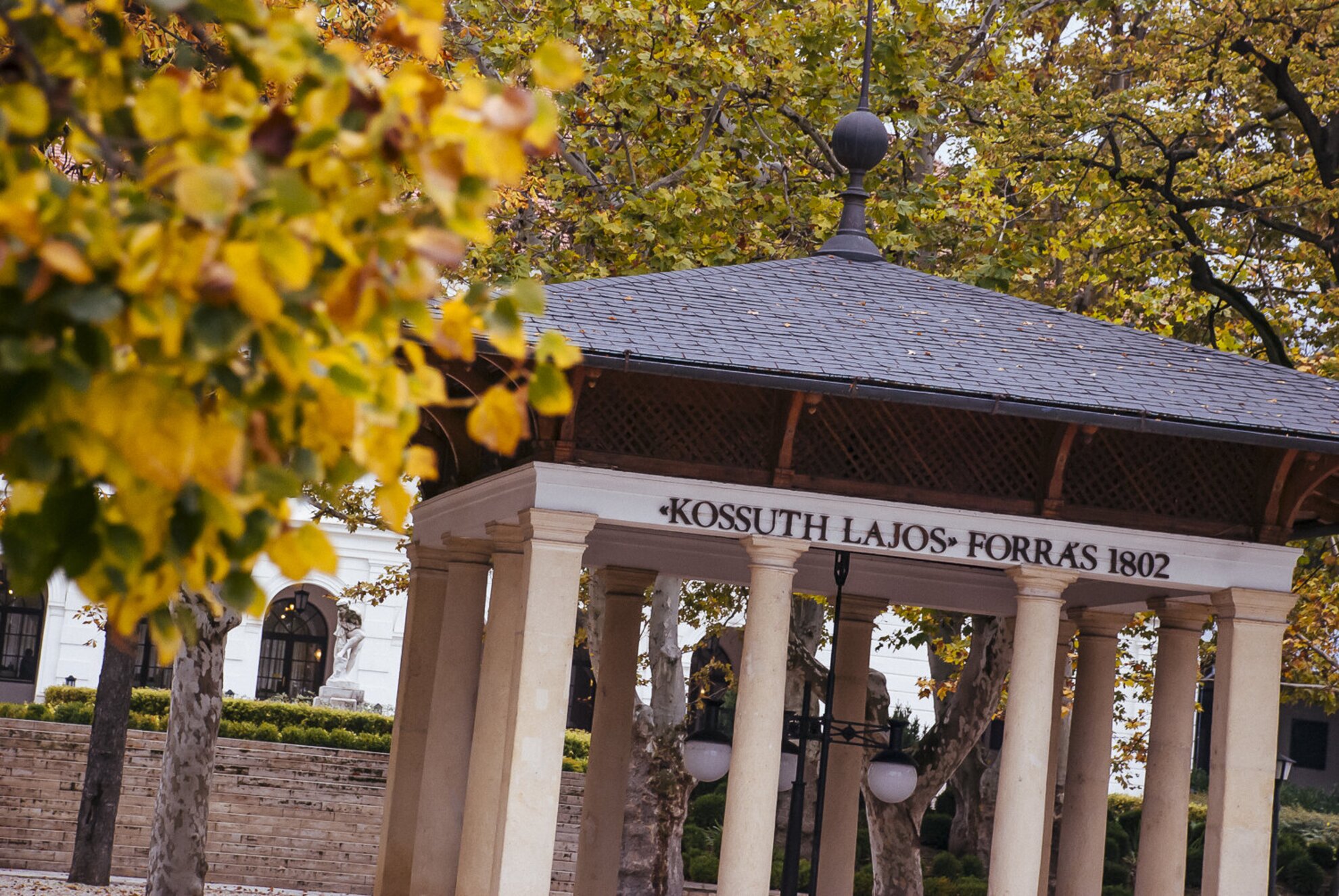
The transformation of Füred
A year later, the Zákonyi Ferenc sétány also saw renewal, the Silver Delux Apartment House was built, and the Széchenyi Park plus the lower part of Vitorlás tér were also reconstructed. The hollow in front of the Round Church was filled up and swarded. The Széchenyi Park's flower boxes were filled with plants specific to the area, like lavender and reed. In addition to choosing plants authentic to Füred, Krisztina Wallner considered it important to use surfacing materials from the area, so Vitorlás tér, Zákonyi Ferenc sétány, and Tagore Promeda are all paved with stones from Tihany, Csopak and Füred.
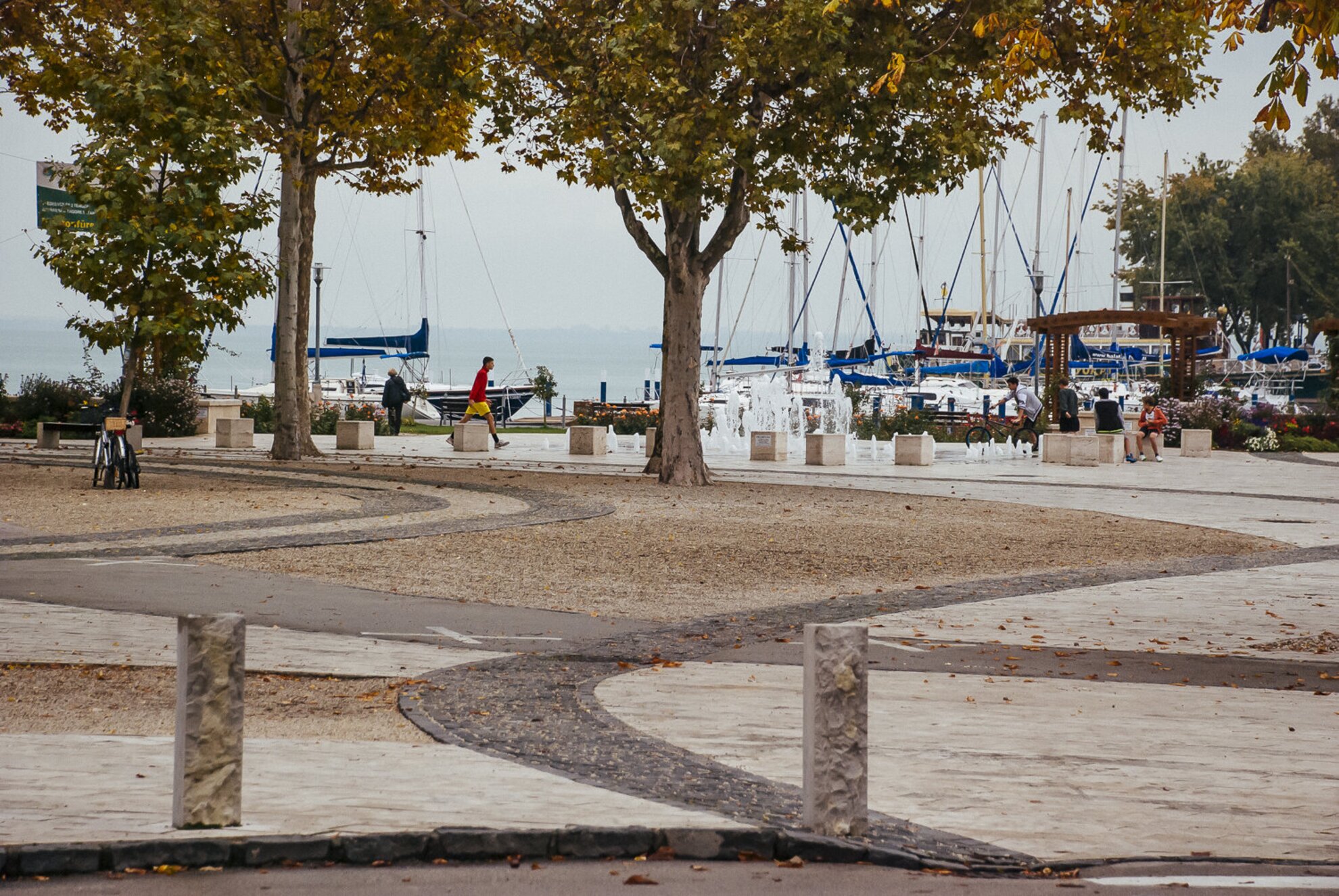
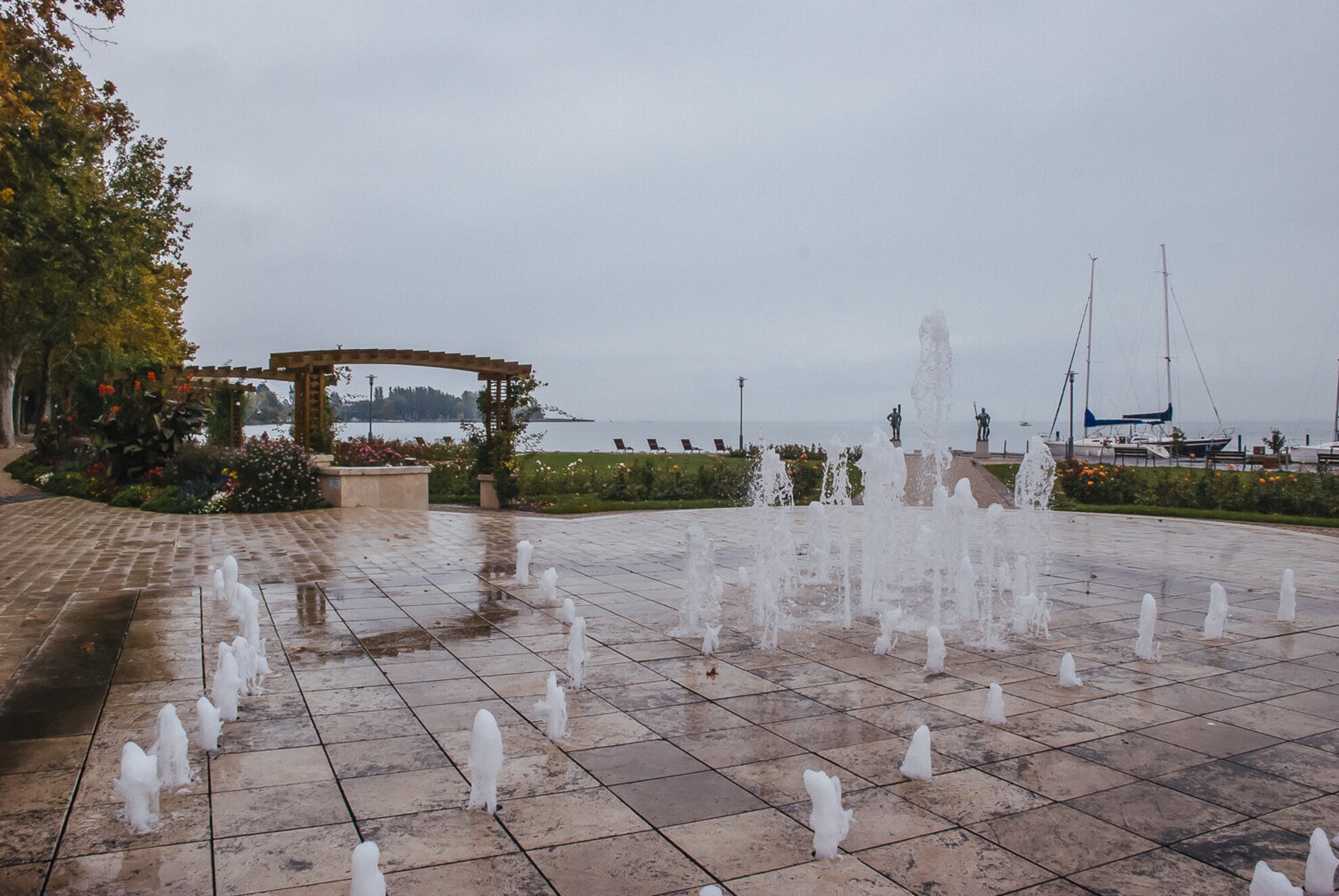
In the case of benches, fountains, flower boxes and swarded seatings, the cube and the wave are the dominating shapes all along the promenades. For example, the open-air stage of Vitorlás tér is comprised of two rectangular block atop each other, while the flower boxes are sunken cubes. The benches of the Tagore and Zákonyi promenades, the slopes in front of the Round Church, and the water spouts surging into the air in Vitorlás tér mirror the hilly Füred area in their wavy shapes.
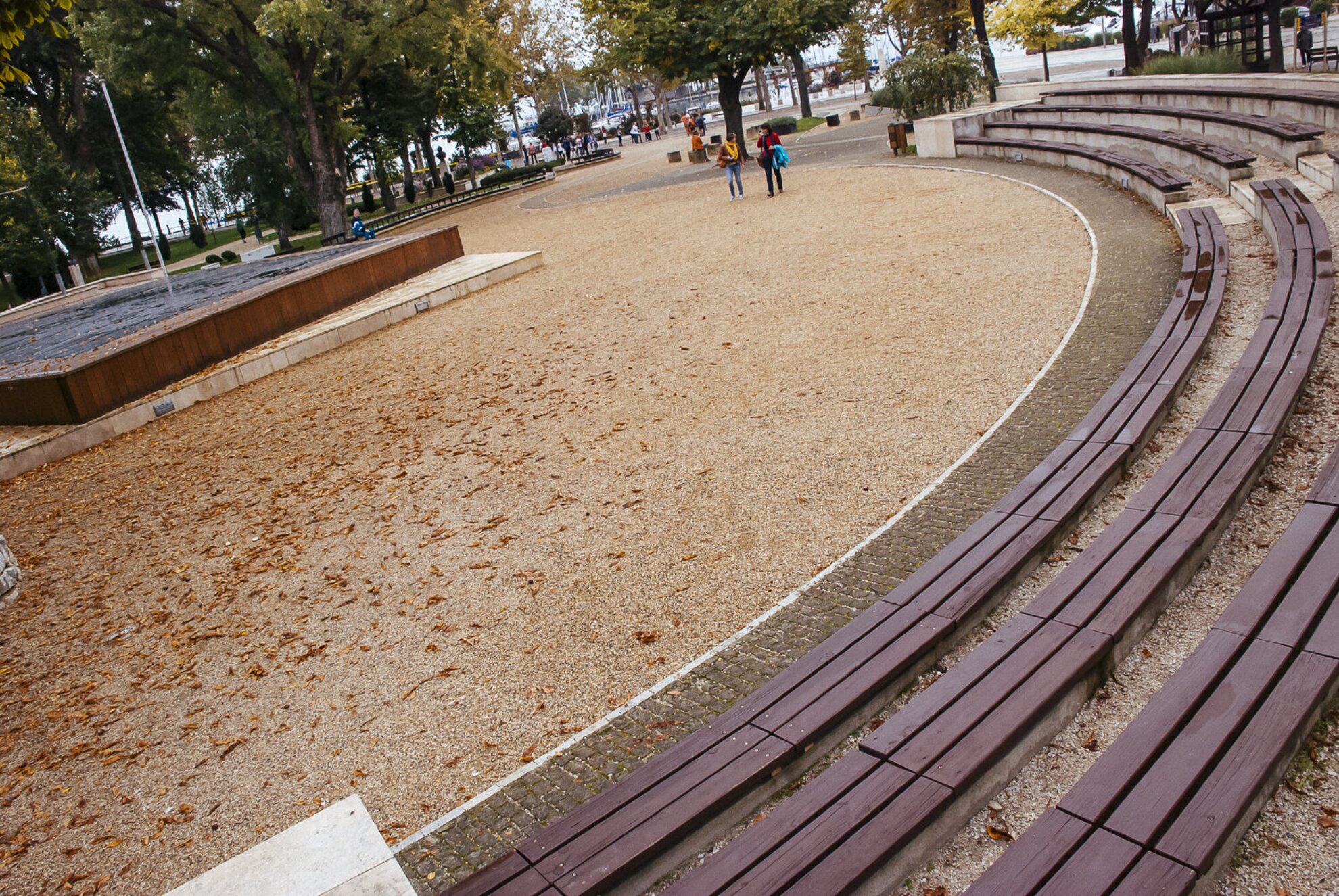
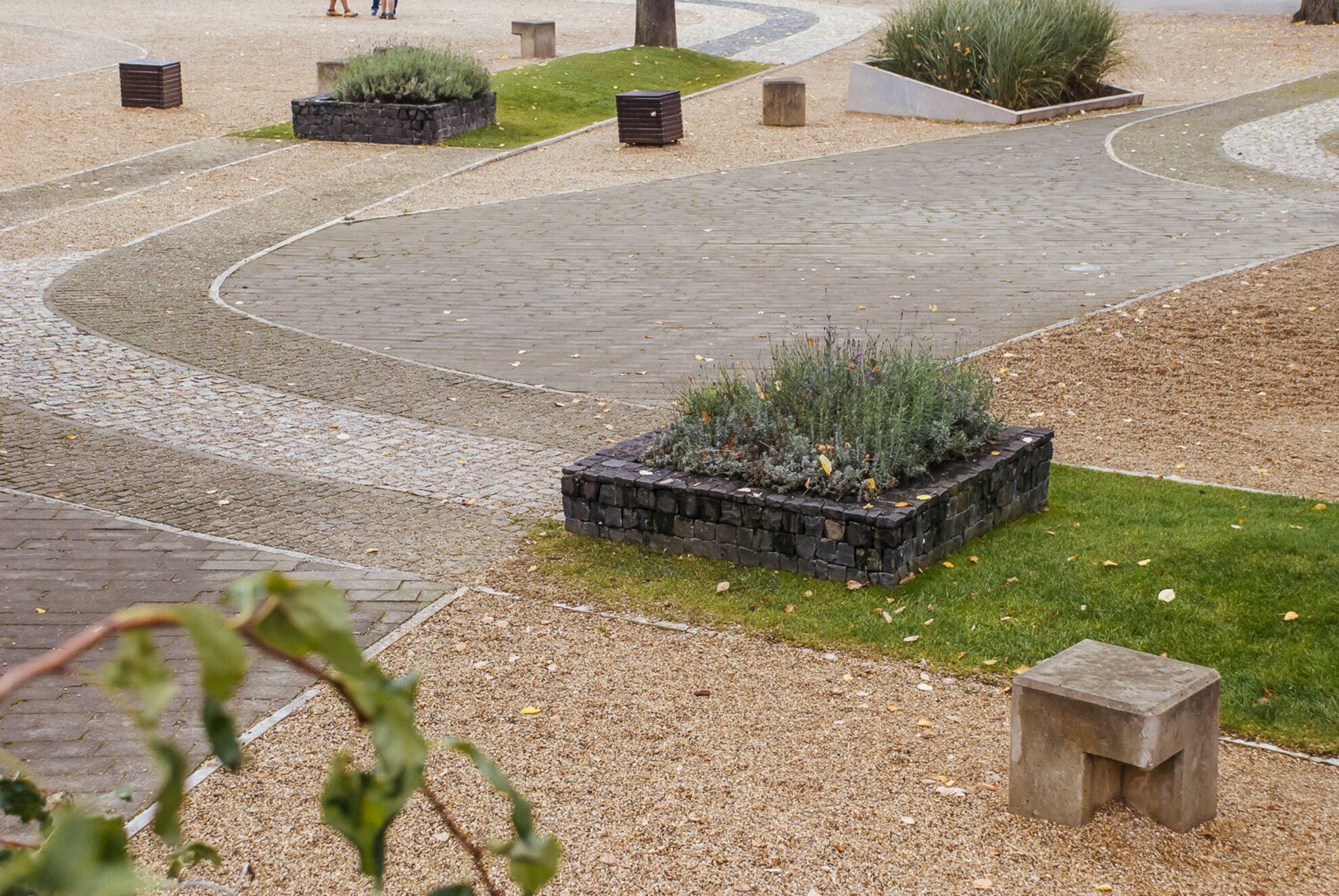
By next spring, the iron chains lining the Tagore will also be removed. These originate from the 70ies and 80ies and not from the Reform Era as commonly believed. Thanks to their removal, there will be no separating element between water and shore, so in the future, you can freely dangle your feet into the water or feed swans if you'd like.
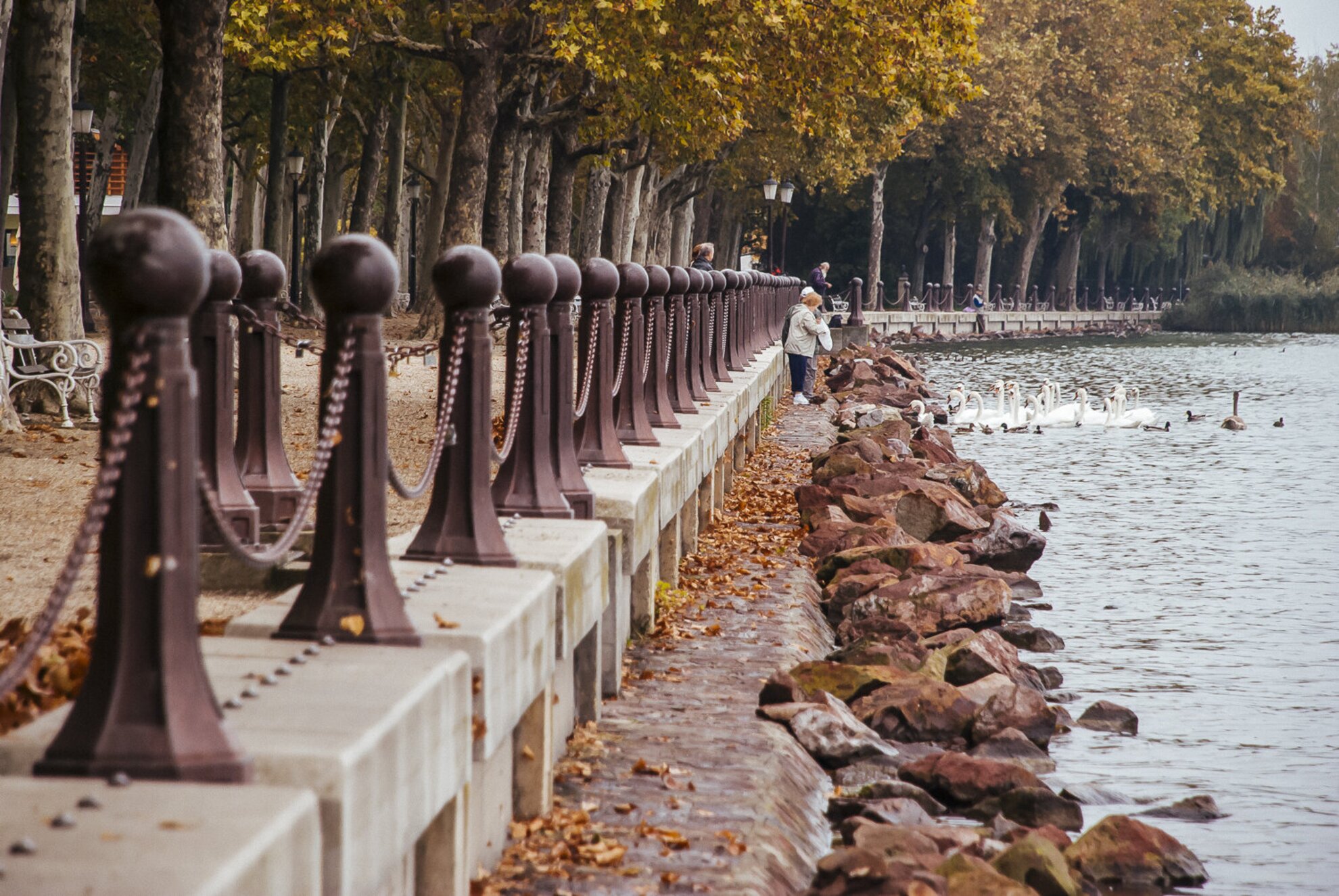
Playground for the fairies of the Lake
Not many of the tourists are familiar with the Kiserdő (Small Forest) behind the Heart Hospital, although this long-standing park of unique micro-climate is as organic to the Reform Era Füred as the fountain head of the Kossuth Lajos spring, the larger house of Ádám Pálóczi Horváth, or Ferenc Széchenyi's castle.
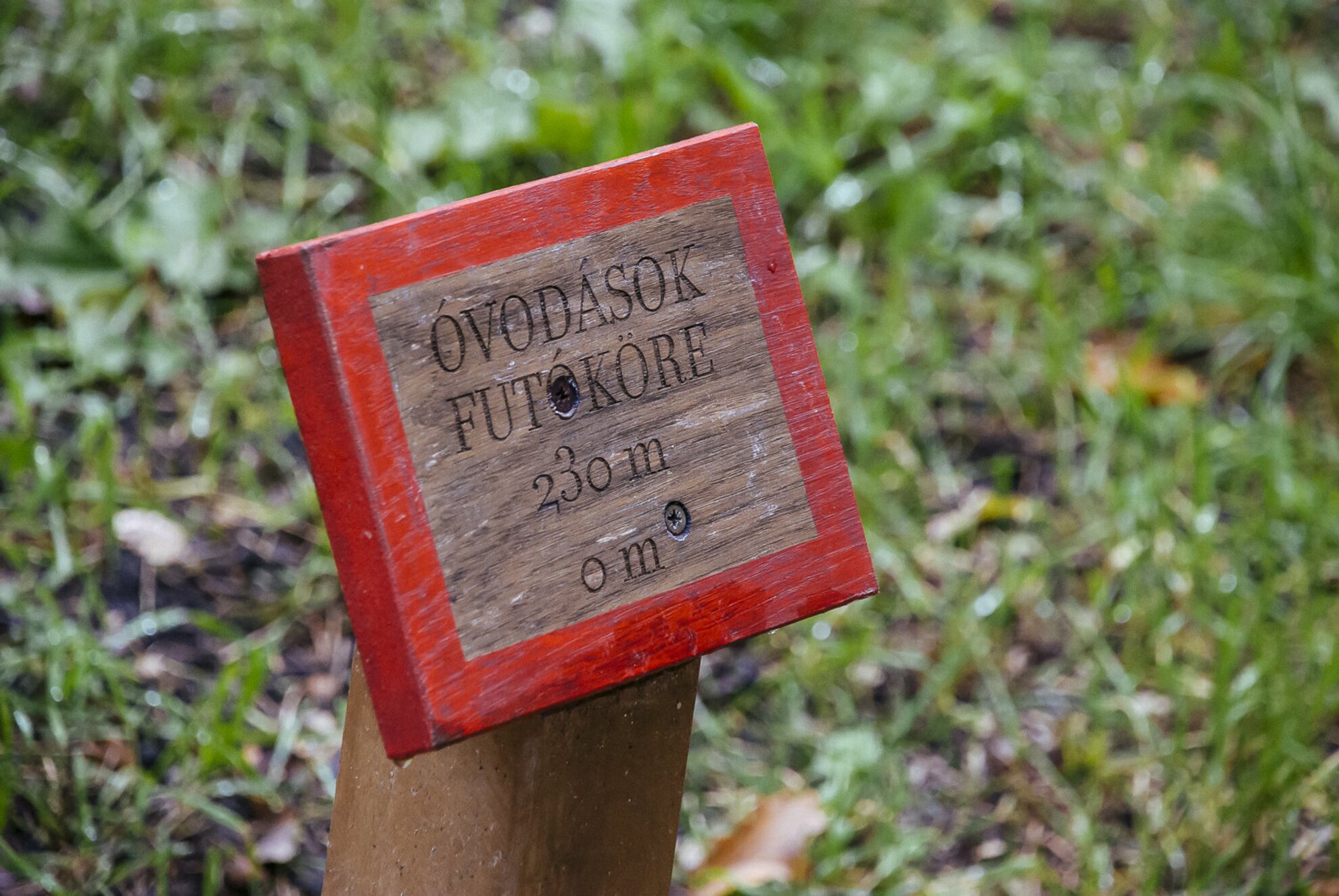
The planting of indigenous flora into this 9.5-acre park began 150-200 year ago. Its area is also famous for having hosted the first permanent theatre building of the Transdanubia and also the first tennis competition of Hungary. Krisztina Wallner saw endless possibilities in the park and wanted all locals and tourists to have some of it. Thus, the Kiserdő now has a kindergarten running track, a tennis court, a playground for teenage kids, a light walking track for heart patients, a running track and a meditation garden. We were captivated by the playground of Helka and Kelén, where probably any adult could enjoy a few hours of fun.
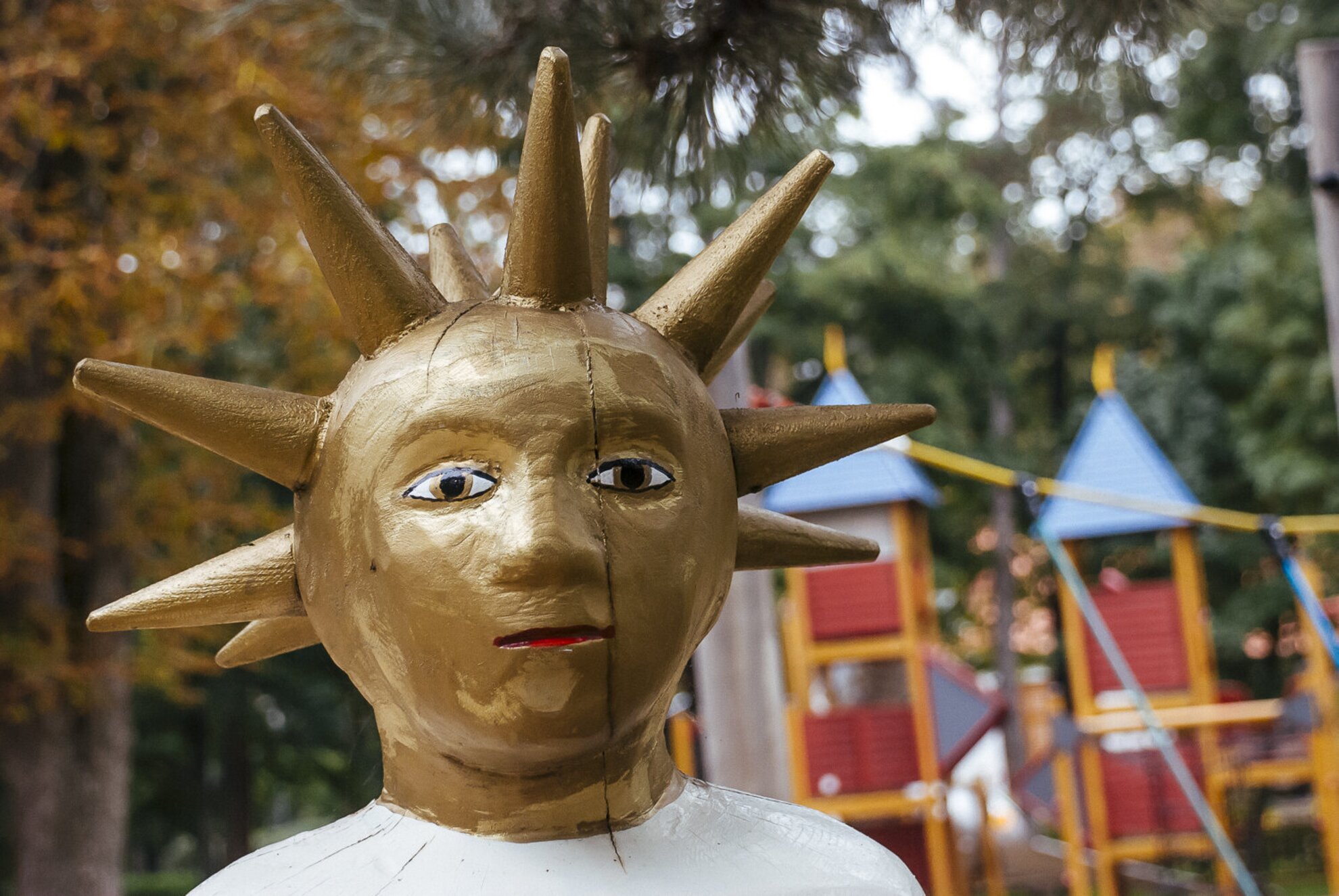
The elements of the playground are built on a lesser known Balaton legend. Sió (fairy of the Balaton) and Kamor (wizzard of the Bakony) had a quarrel over a trifle, but their children, Helka and Kelén - such is life - fell in love with each other and found happiness after trials and tribulations. The pieces of equipment represent scenes of the lovers' trials, including a jumping course that stands for the stormy Balaton, a rope course imitating Bakony, a witch's broom see-saw and a two-tower castle. The determination and love of the children, in the end, brought peace to their parents as well. The legend has it that as the sign of peace, they struck down a magical pole, and this is where the healing waters of Füred broke to the surface.
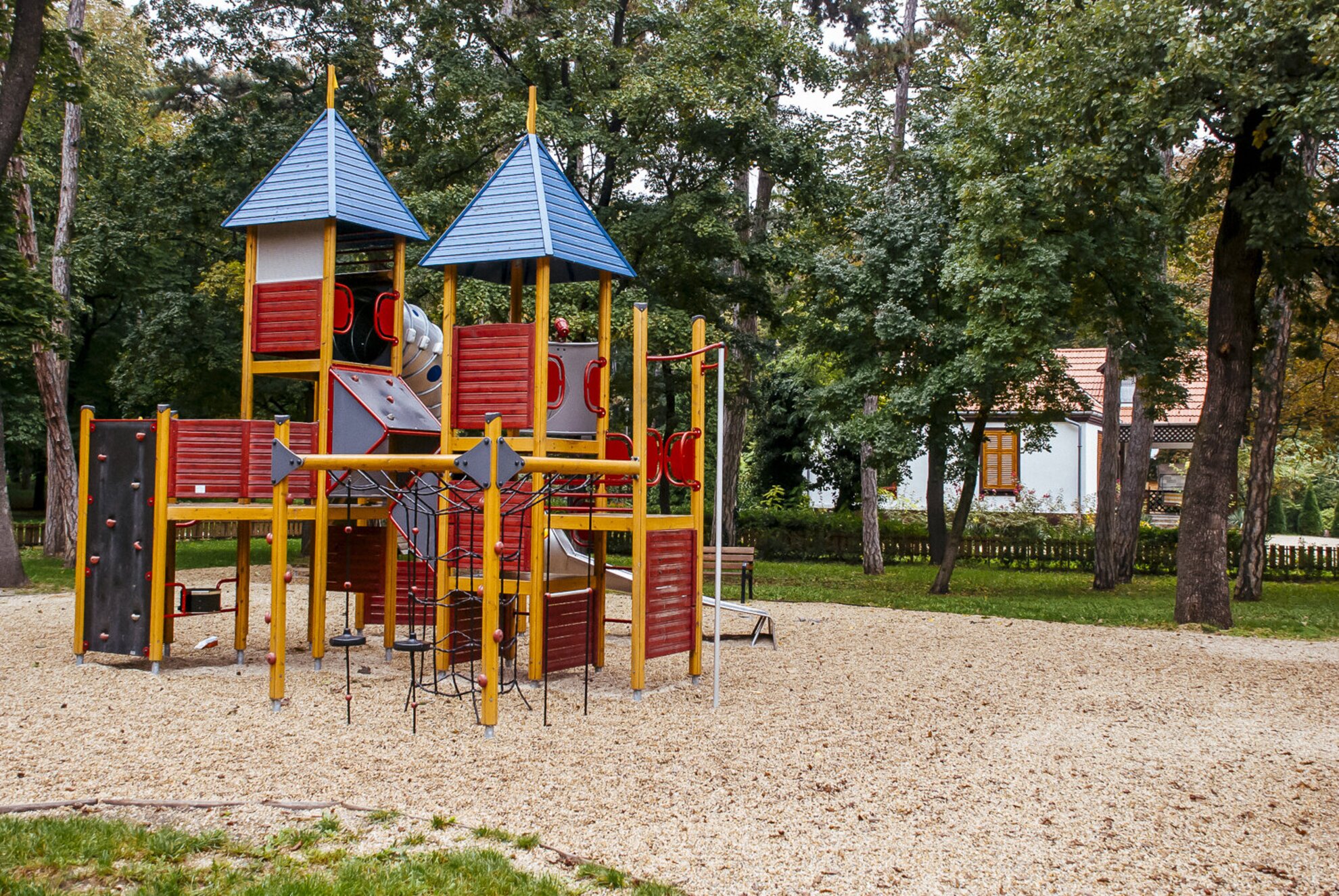
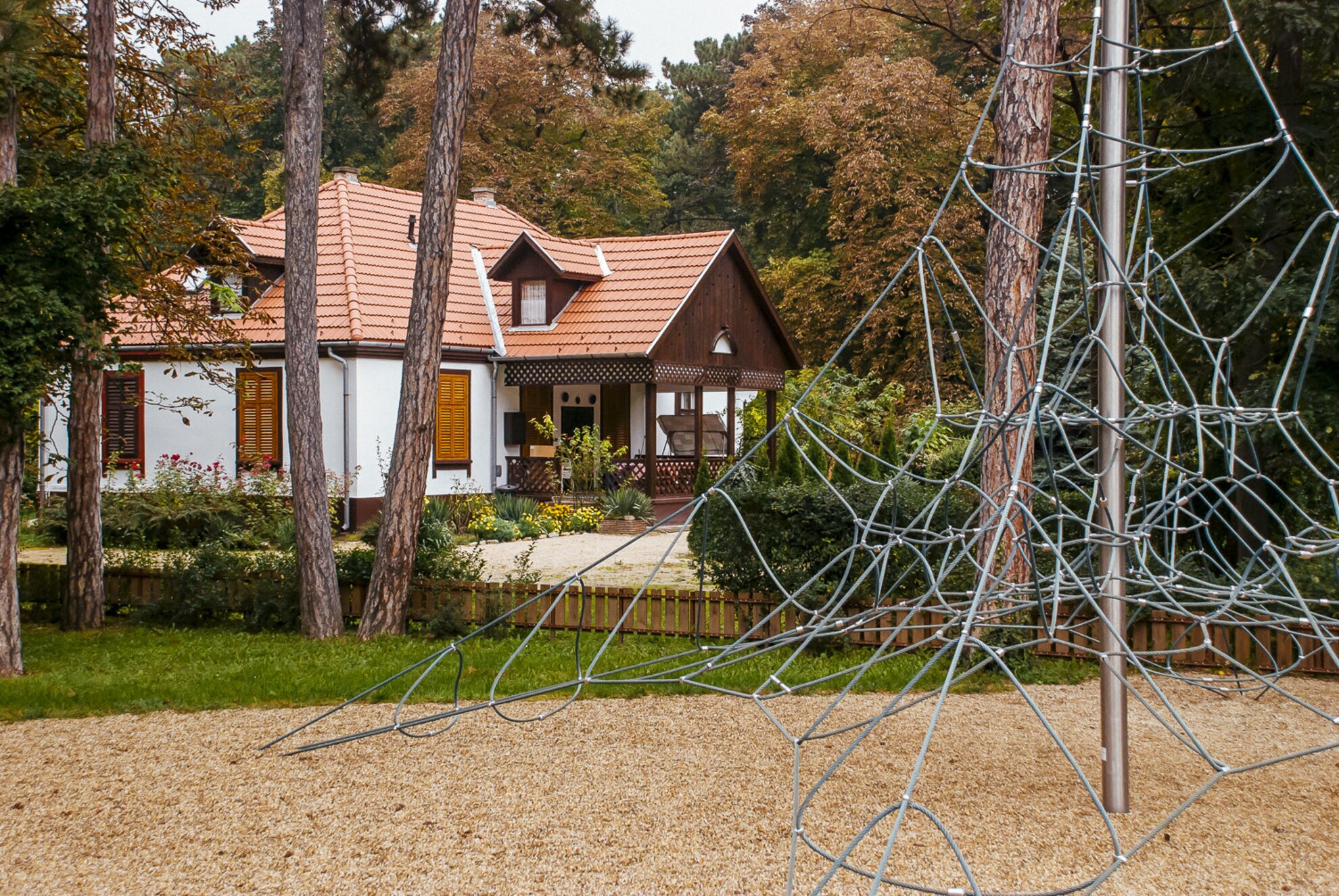
Sailboats in the Hajógyári Marina
The facelift and transformation of the city will continue next year as well. The renovation of Hotel Füred is already under way. The first stage of the reconstruction of the Aranyhíd promenade will also be followed by additional stages, and the developments in Kagyló-köz will continue, too.
Much to the joy of local sailing fans, next year's private investments include the expansion of the yacht berths at the Hajógyári Marina. This means that the current capacity of 108 will grow to nearly 300 sailboats.
